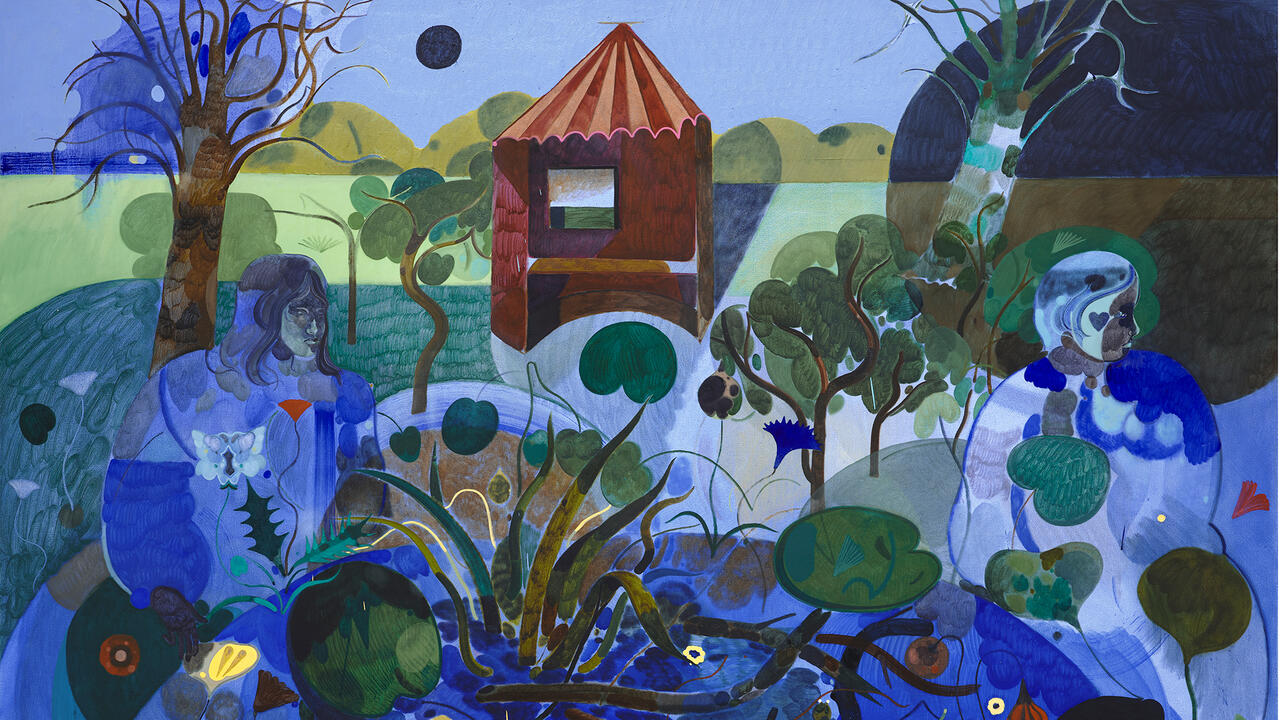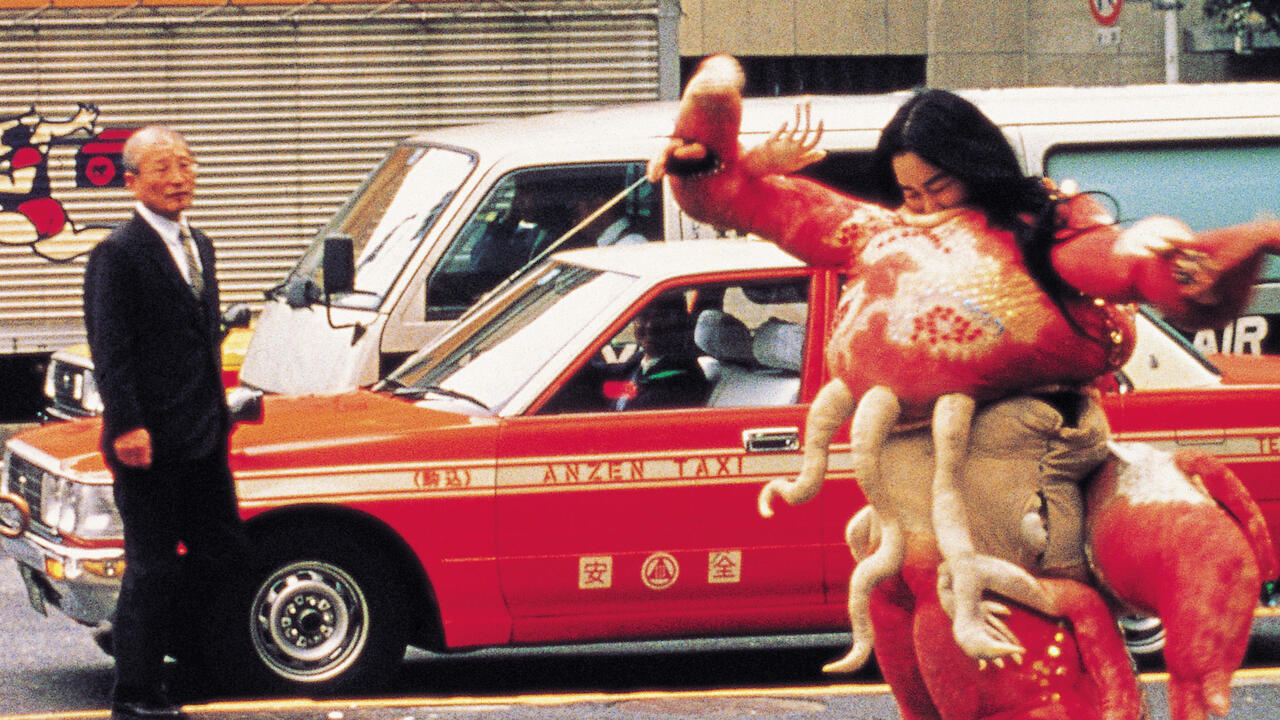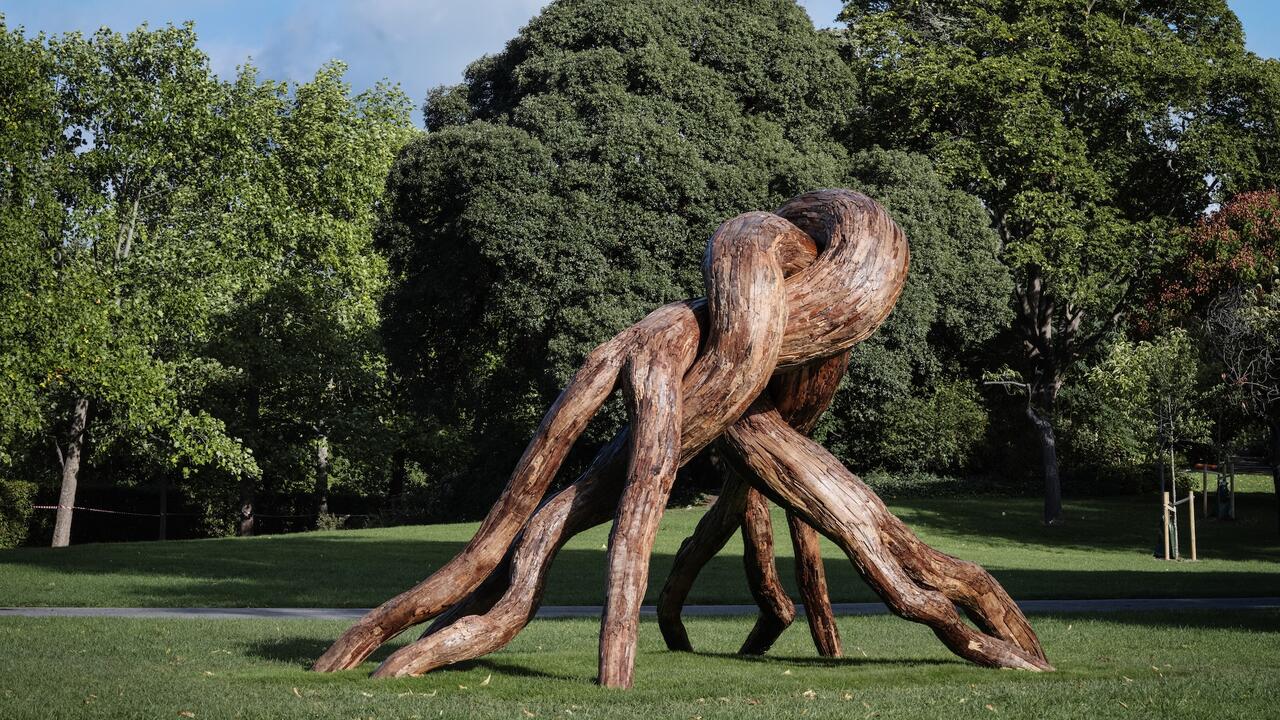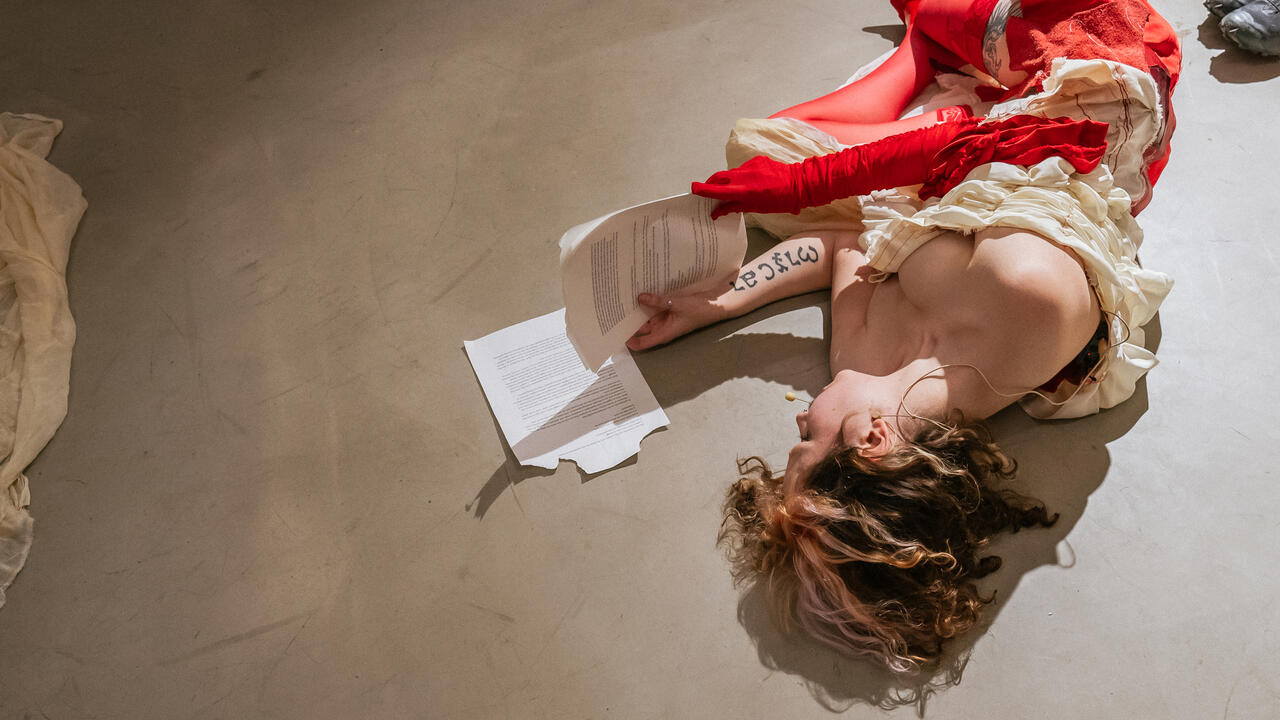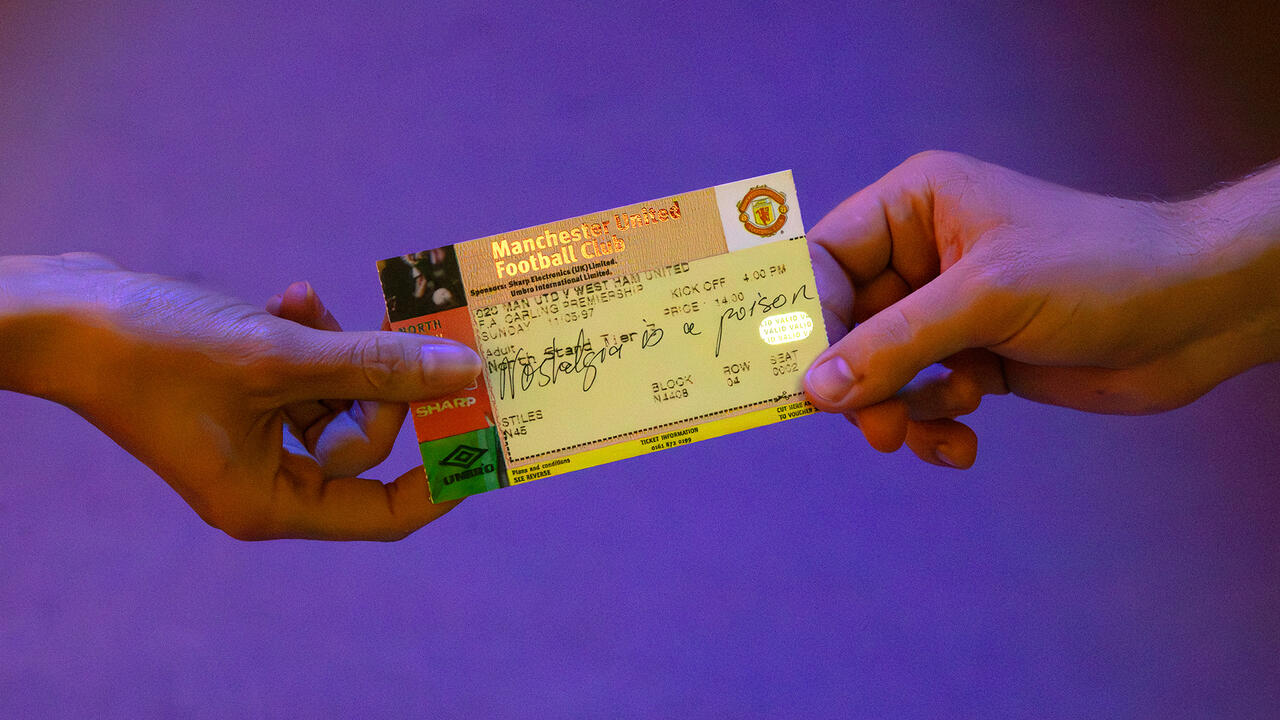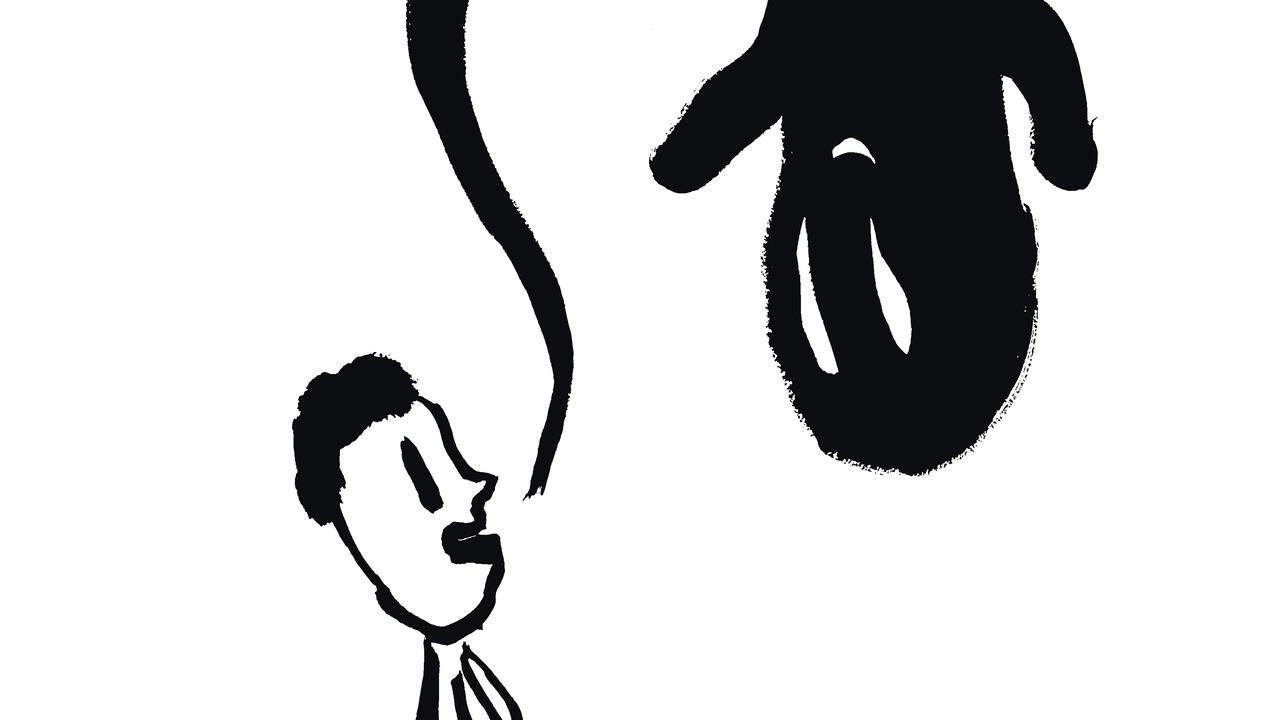‘Is This Tomorrow?’: Artists and Architects Step into an Uncertain Future
A riff on the gallery’s landmark 1956 show, Whitechapel Gallery’s latest exhibition boasts some compelling pairings but has an unconfident, sheepish quality
A riff on the gallery’s landmark 1956 show, Whitechapel Gallery’s latest exhibition boasts some compelling pairings but has an unconfident, sheepish quality

Bodies are herded in the Whitechapel Gallery’s latest group show, ‘Is This Tomorrow?’. They are hemmed in, led, told to wait, partitioned, split apart and put into little plastic vials. In a series of works produced by artist-architect collaborations, the future is well and truly embodied – for better or worse.
The exhibition is a riff on the gallery’s landmark 1956 show ‘This Is Tomorrow’. Spearheaded by the pop-art precursor Independent Group, it smashed together a smorgasbord of designers, architects, artists and theorists – Ernö Goldfinger, Richard Hamilton, Eduardo Paolozzi, and Alison and Peter Smithson were all in the mix – the results of which foreshadowed much of what would happen in British art during the 1960s.
The statement of the 1950s title has buckled into a question: ‘Is This Tomorrow?’ the Whitechapel now asks, bleary-eyed, as if it’s been clicking through browser tabs until sunrise. A postwar assertion has been replaced with a drawn-out ‘Errrrrr’; all the better to reflect the uncertain times we live in, perhaps, although it gives the show an unconfident, sheepish quality.

Which is fitting, given that a small labyrinth of farming equipment is the first thing you’ll see. Enclosure (2019), by 6a architects and the artist Amalia Pica, comprises a sheep management system, peppered with pig chew toys and bins for feeding cattle. It hits the ground running with the ideas of nature, bodies and control that recur through the show, even if it lacks nuance. Nearby is a maze of a different order, Sankofa Pavilion (2019) by Adjaye Associates and Kapwani Kiwanga. Its name comes from an Ashanti word for reaching into the past to guide the future, and its glass panels bewilder with reflections that never quite seem certain of themselves. It hums with light.
The diaphanous pavilion finds a counter in the concrete stacks of APPARATA and Hardeep Pandhal’s Thugz Mansion (2019). Gesturing to political collapse, its graffitied silhouette of a nuclear family is as on the nose as a nostril. There’s a subtler dystopia in I want to be the future (2019), by Beijing-based artist Cao Fei and architects mono office. A totem displays the word ‘tomorrow’ in red neon letters; accompanying designs are full of worn-out words like ‘antenna’, ‘connection’ and ‘digital’. Is it an aerial mast? A weather station? It’s unclear but, whatever it is, its base is loaded with vials of human blood.
Bodies are also treated like resources in Spirits Roaming the Earth (2019), by New York-based artist Jacolby Satterwhite and Office for Political Innovation, led by Andrés Jaque. A black mound of painted ferns is home to a nook of screens, detailing a hallucinatory ecosystem of Grindr, fracking and designer babies. Upstairs, in Mind Garden, Heart Garden (2019), by Mariana Castillo Deball and the architect Tatiana Bilbao, bodies become a very different resource. The installation – made from what look like enormous, wilting Meccano windows – was constructed using dimensions derived from a Mesoamerican calendar and a system of measurement based on the distance between the heart and the tip of an outstretched hand.

In an otherwise busy show, Phoenix Will Rise (2019), by Rana Begum and Marina Tabassum Architects, comes as a moment of calm: its circular opening lets in natural light, while colour and geometry are given space. The result, however, is ultimately underwhelming. Far more impactful is The Salvator Mundi Experience (2019), by artist Simon Fujiwara and architect David Kohn, which imagines a museum of the future solely dedicated to the enormously hyped Leonardo da Vinci painting. Duck beneath the architectural model, stick your head up through its centre, and you’ll find yourself in a panopticon of miniature galleries,complete with dozens of Da Vinci replicas and a chamber called ‘the Christie’s experience’. Bleak. Elsewhere, the world’s dwindling resources are environmental; here, they are authenticity and humanity.
The adjacent installation by Farshid Moussavi Architecture and Zineb Sedira, Borders/Inclusivity (2019), is an absurdity of nine black turnstiles – the kind you’d find in a stadium. The farming equipment has come full circle and we’re back to being controlled, although this time the direction of travel is unclear. It’s a sinister little labyrinth, one that speaks to attempts at blocking free movement, and there’s a beauty to its interlacing borders, as intricate as a spider’s web.
The politics of the body persist in many of the speculative visions on display, but the final work is all the more powerful for hinting at a future without one – or, at least, not in the way we currently conceive it. 999 years, 13sqm (the future belongs to ghosts) (2019), by the artist Cécile B. Evans and professor of experimental architecture Rachel Armstrong, is a room containing a projection of an animated bird. Look closer and you’ll also see a system of tubes and black bricks, home to colonies of microbes. These biological fuel cells are part of a contained ecosystem, collectively providing enough energy to power a digital display.

For now, the microbes are playing nice, but if the installation were to remain in situ for a thousand years, they would run amok. Memory powered by, and memories held by, an organic computer would be at the mercy of uncooperative matter. It’s strangely comforting to imagine the microbes eventually breaking their bounds, colonizing the rest of the gallery. Along with The Salvator Mundi Experience, this work genuinely feels like it’s pushing the relationship between art and architecture.
Naming a show after one of the most influential exhibitions in the history of British art was always going to risk drawing unfavourable comparisons, which is a shame as, seen on its own terms, ‘Is This Tomorrow?’ has some compelling pairings. Not every collaboration hits its mark, and the exhibition can feel unwieldy in totality, but there are more than enough connections to maintain a coherent curatorial thread. If the show feels less assertive than its 1956 forbear, then that’s partly because the whole idea of ‘the future’ is different. It must have felt so present in postwar Britain, when new ideas were literally being built from the rubble. Now it’s hazy, confused. A ghost without a body.
Main image: APPARATA and Hardeep Pandhal, Thugz Mansion, 2019, installation view, Whitechapel Gallery, London. Courtesy: Whitechapel Gallery, London





